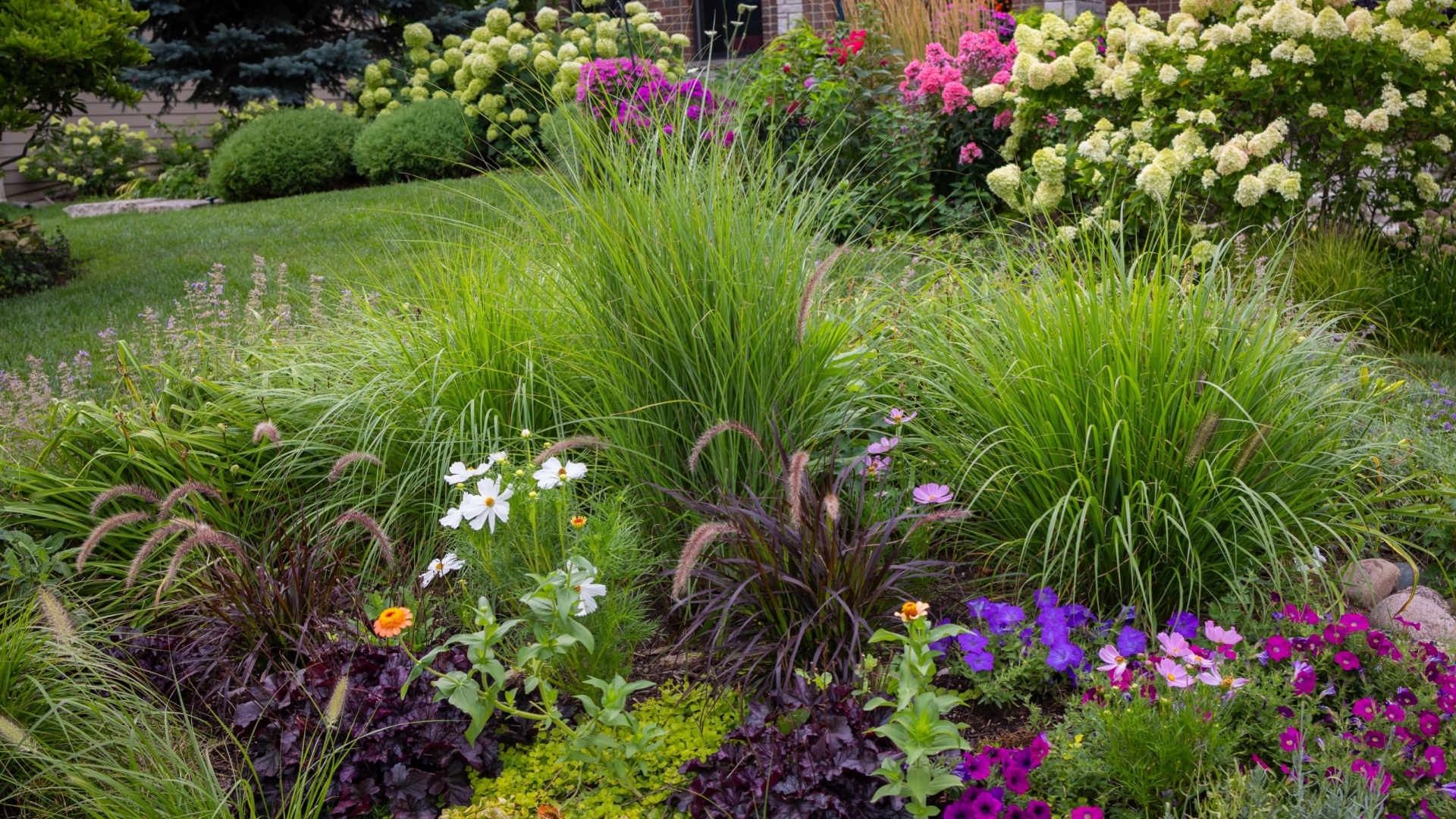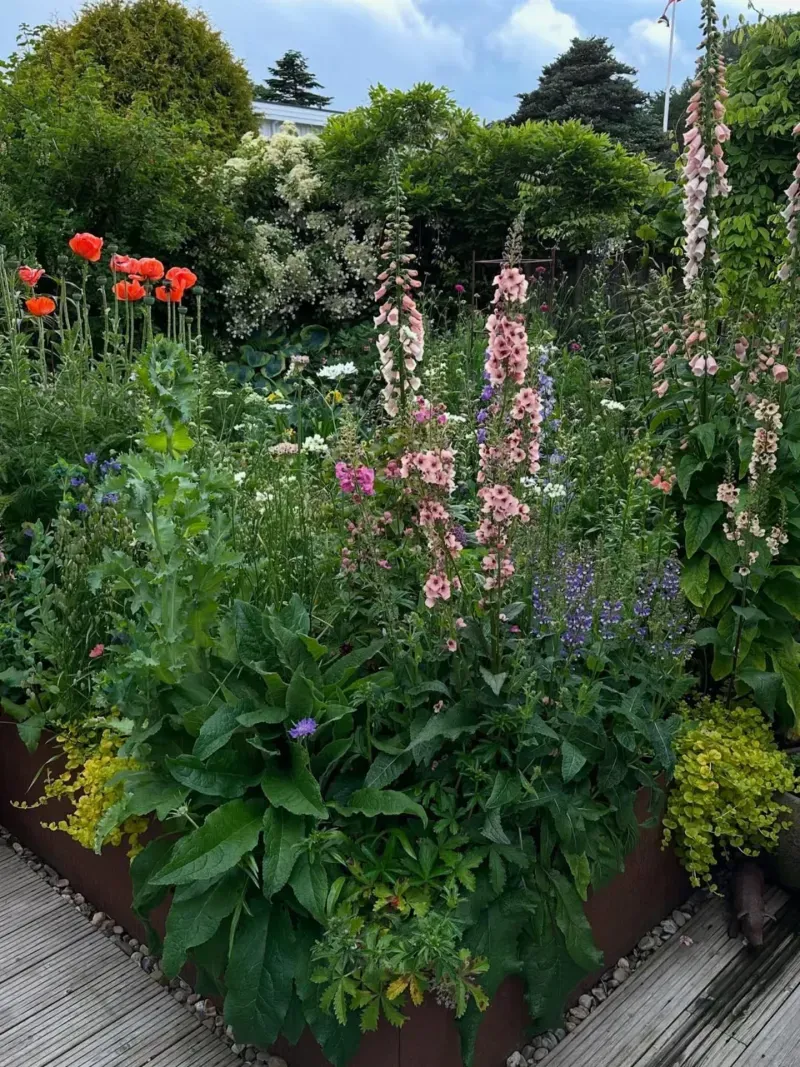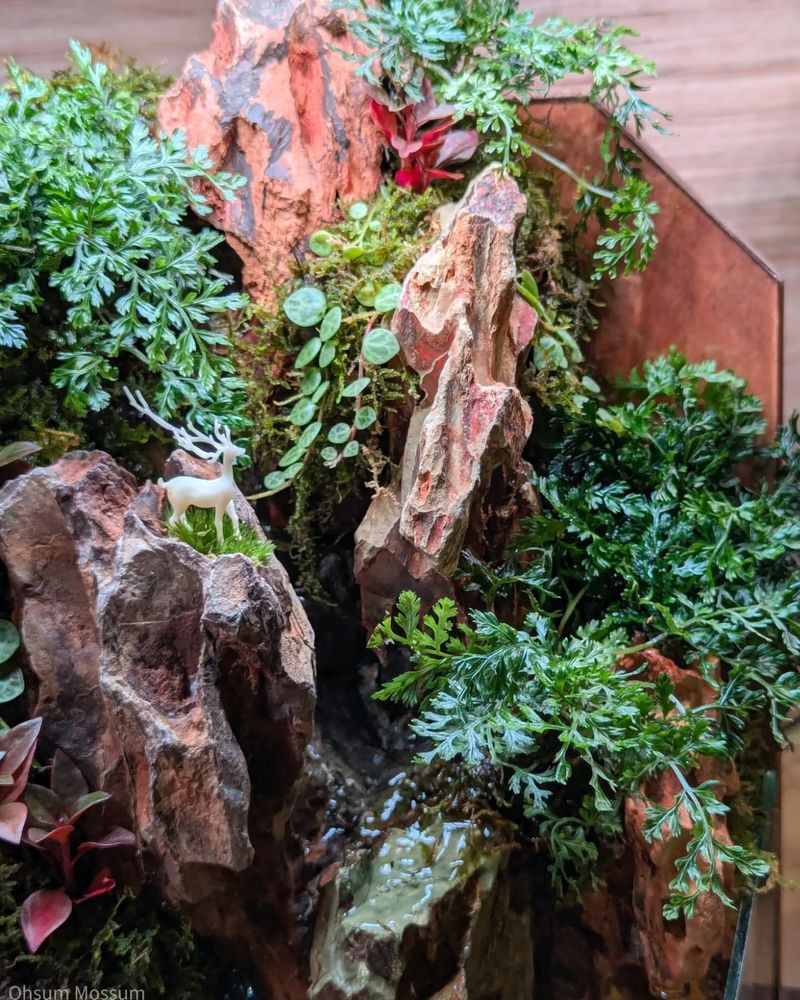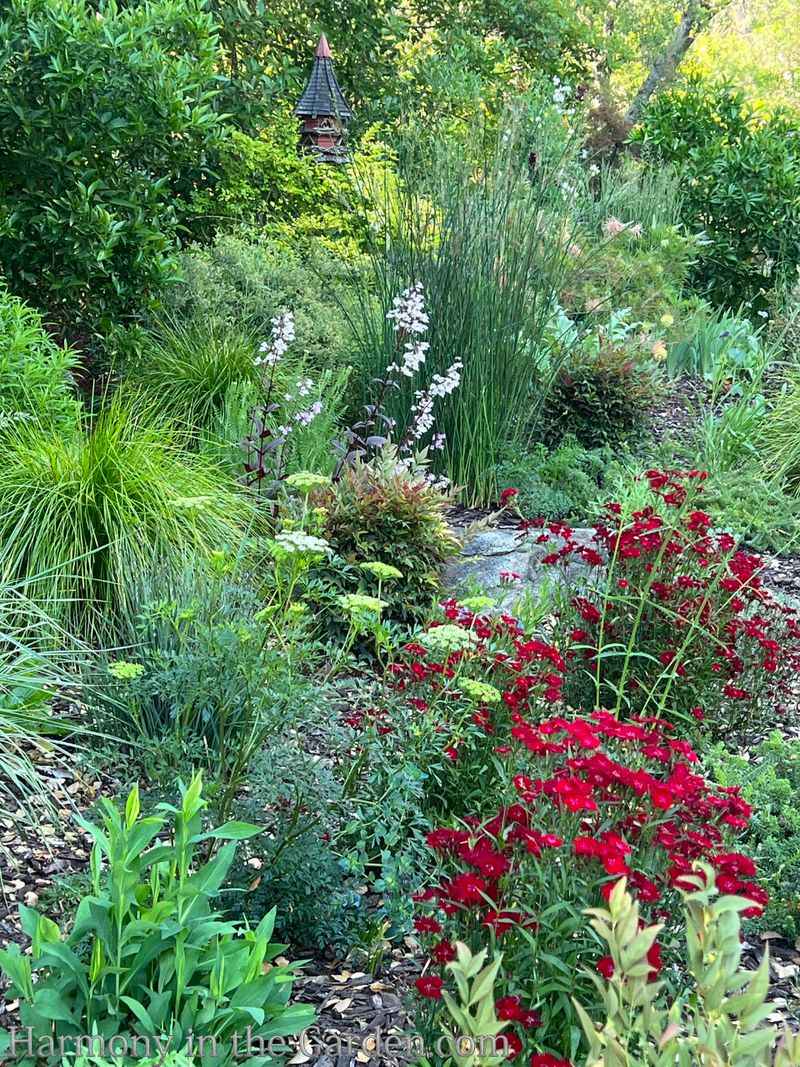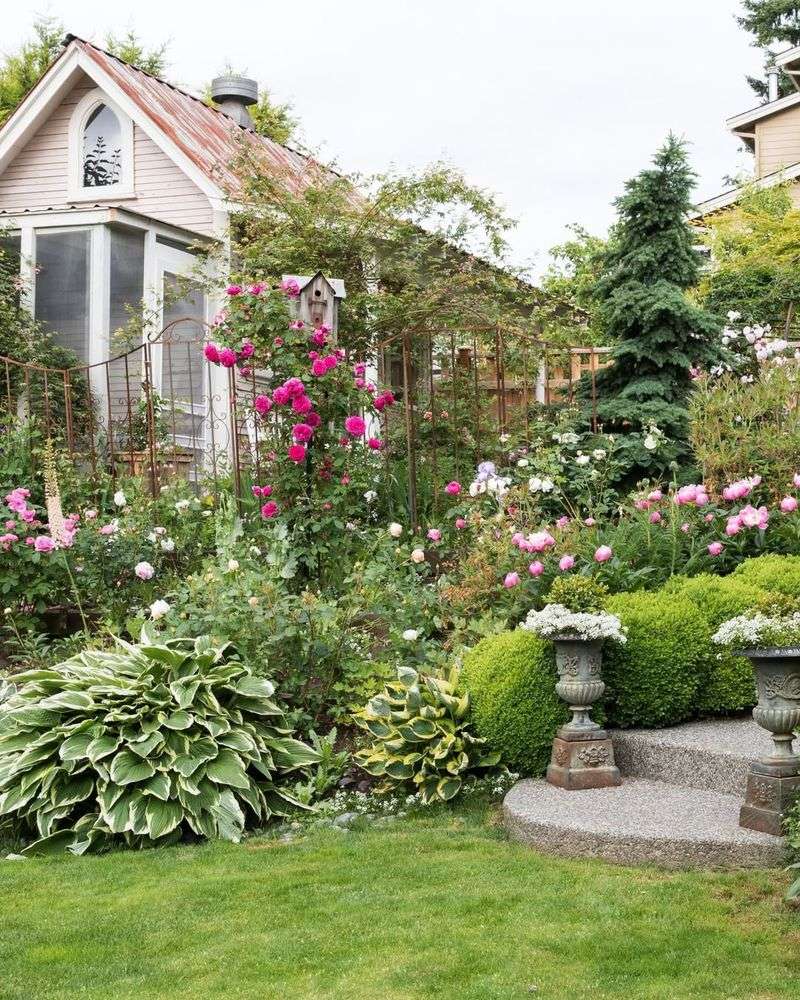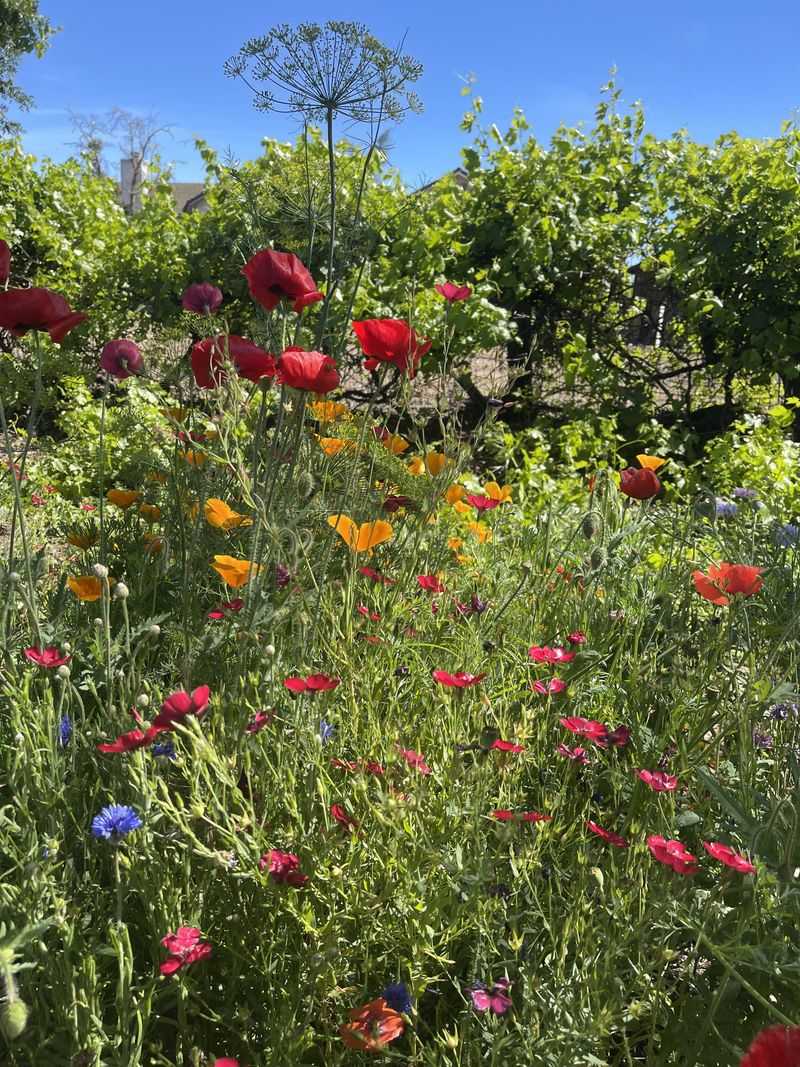Phoenix homeowners are embracing a new gardening trend that celebrates untamed beauty. Chaos gardens break free from rigid landscaping rules, allowing nature to follow its own path.
The result? Yards bursting with life, color, and personality that perfectly capture the wild spirit of the desert Southwest.
1. Desert-Adapted Plants Thrive Without Fuss
Native cacti, succulents, and wildflowers practically take care of themselves in chaos gardens. Once established, these desert survivors need minimal water and maintenance.
Many Phoenix gardeners report spending less time watering and more time enjoying their yards. The plants naturally spread and fill spaces, creating a lush desert tapestry that evolves with each season.
2. Natural Rock Formations Create Dramatic Landscapes
Scattered boulders and river rocks form the backbone of chaos gardens, mimicking Arizona’s stunning geological features. Homeowners arrange these stones randomly or in loose groupings that look like they’ve been there forever.
The rocks provide shelter for small wildlife and create microclimates where different plants can flourish. Morning sun bouncing off their surfaces adds a magical quality to the garden.
3. Wildlife Visitors Bring Gardens To Life
Hummingbirds dart between cactus flowers while lizards sun themselves on warm rocks. Chaos gardens buzz with activity as they become mini-ecosystems supporting local wildlife.
Many gardeners report seeing species that never visited their yards before. Birds nest in the tangled branches of mesquite trees, butterflies flock to wildflowers, and even the occasional roadrunner might zip through looking for a snack.
4. Rainwater Harvesting Happens Naturally
The uneven terrain of chaos gardens creates natural basins where rainwater collects. During monsoon season, these depressions turn into temporary pools that slowly hydrate the surrounding plants.
Smart gardeners position water-loving plants in these natural catchments. The varied topography directs precious rainfall exactly where it’s needed instead of letting it run off into the street.
5. Seasonal Changes Bring Surprising Colors
Spring transforms chaos gardens into explosion of wildflowers – brilliant orange globe mallows, purple lupines, and golden poppies carpet the ground. The colors shift with the seasons, bringing new surprises year-round.
Fall brings its own palette as many native plants produce berries or seed pods. Even summer has its moments with night-blooming cereus unfurling spectacular white flowers after sunset.
6. Less Lawn Means Lower Water Bills
Replacing thirsty grass with chaos gardens dramatically cuts water usage. Native plants evolved to survive with minimal irrigation, sometimes thriving on rainfall alone.
Many Phoenix homeowners report water bills dropping by half or more after converting lawns to chaos gardens. The savings add up quickly in a city where summer temperatures regularly top 110 degrees and water conservation matters.
7. Every Garden Tells A Personal Story
Found objects give chaos gardens unique personality – perhaps a weathered wagon wheel, colorful pottery shards, or driftwood collected from desert washes. These treasures become focal points that reflect the gardener’s personal history.
Unlike cookie-cutter landscaping, no two chaos gardens look alike. Visitors love discovering these conversation pieces tucked among the plants, each with its own story to tell.
8. Gardening Becomes An Adventure, Not A Chore
Traditional gardening demands constant maintenance – mowing, trimming, and fighting nature’s tendencies. Chaos gardening flips the script by working with natural processes instead of against them.
Phoenix gardeners describe the joy of discovery as volunteers pop up in unexpected places. A bird-dropped seed might grow into a beautiful new addition, or plants might naturally rearrange themselves into more pleasing combinations.

